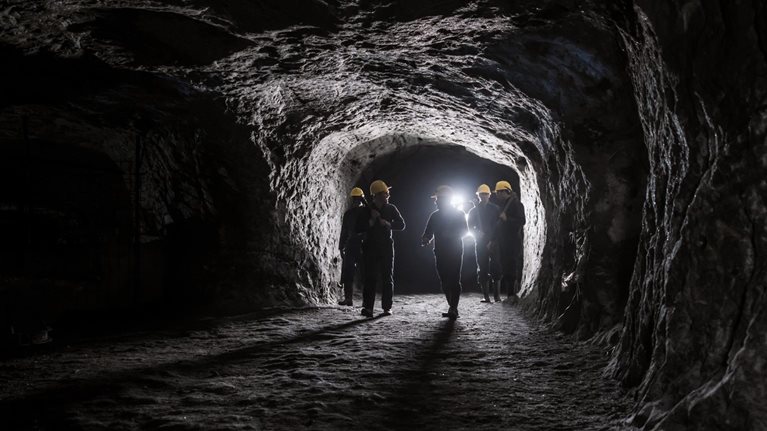The impact of the COVID-19 pandemic and the subsequent reaction by central banks have several implications for the gold-mining industry. Gold prices rose by 28 percent from January 1 to August 14, 2020. Meanwhile, energy prices and currencies in some gold-mining countries have declined, so the margins of gold miners have increased. However, two things have offset these positive margin effects: the threat that COVID-19 represents for many mining companies and their employees, as well as travel restrictions that have prevented access to mines: lockdowns in countries such as Canada, Mexico, Peru, and South Africa have forced operations to be scaled back or to cease completely for a while.
More generally, on the positive side, the big winners from a margin standpoint will probably be remote, open-pit, diesel-powered mines—in some cases with costs that have declined by more than $100 an ounce—and mines in regions (such as Mexico, Russia, and South Africa) with high currency depreciation against the US dollar.
A MineSpans study shows that overall average industry cash costs for 2020 could fall by some 8 percent, from $591 in 2019 to $544 an ounce this year (Exhibit 1). That projection takes into account the 2020 H1 movement of falling energy prices and 5 to 20 percent depreciation of mining currencies in the aforementioned countries. But it does not consider the operational effects of COVID-19.

The operations most adversely affected by the pandemic are underground mines in regions where currencies have not depreciated against the dollar (Exhibit 2)—for instance, Australia, China, and the United States—or operations with a higher share of costs denominated in US dollars. Where the negative cash-cost impact has been below $40 an ounce—in the middle range of the cost curve—the operations in question have tended to be underground mines, which use more electricity than open-pit mines (which rely on diesel) and draw power largely from the electricity grid.

Among the negative factors, the impact of the pandemic itself plus related disruptions—COVID-19 restrictions imposed by governments, supply shortages, and a lack of transportation—have hiked costs at certain operations and reduced gold-mine supply. These problems are having a significant impact: overall, as much as eight million ounces (7 percent of global mine supply) of annualized gold production are at risk from COVID-19-related disruptions. As a result, unit costs could increase by some 1 to 3 percent. Governments in Argentina, Canada, Mexico, Peru, and South Africa have imposed temporary mine closures. Some other operations have slowed production in response to a lack of supplies and an inability to transport specialist personnel. In general, we expect open-pit mines to suffer less from these types of disruptions than underground mines, which operate in more confined spaces. Across the industry, closures have lasted two weeks on average. A MineSpans analysis suggests that utilization losses resulting from these operational challenges could reach 3.7 percent.
Over the short term, the mining companies that most successfully avoid or contain the spread of the virus throughout their operations while maintaining production levels will emerge with a stronger cash position as they take advantage of high price levels and strong margins. In the longer term, the strong price of gold provides a window for mergers and acquisitions to consolidate the industry, because the acquisition price per ounce of resources and reserves of an operating gold mine is far below the current spot price. That offers high rates of return.
In addition, we view the strong price outlook as an opportunity to boost spending on exploration to counteract the industry’s gold-reserve crisis, discussed in a previous article. The shortage of reserves can be resolved only if additional sites where metal can be extracted at reasonable cost levels are discovered. This is also a big incentive to accelerate capital projects, especially those expected to come into production in the near future—one to one-and-a-half years—since high prices could significantly improve project economics. The current premium between cash costs and the COMEX price curve is near historically high levels, ensuring strong returns if these prices continue.


